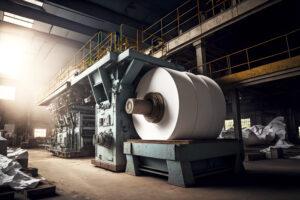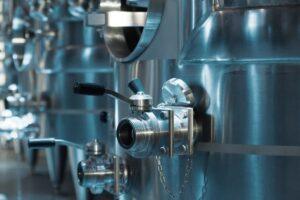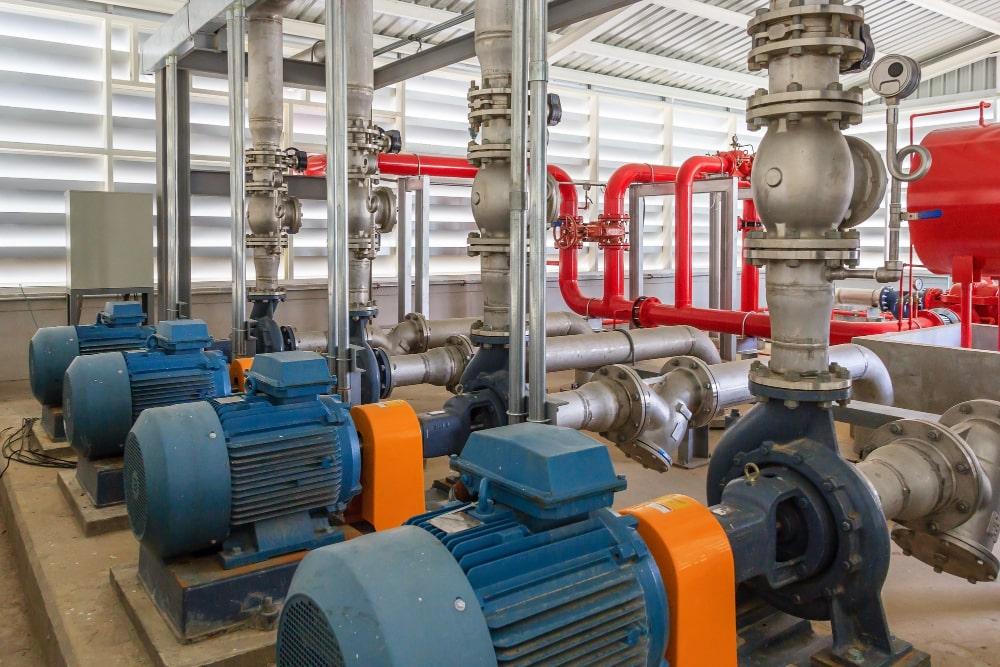
Industrial pumps are used in many sectors, including manufacturing, energy, water treatment, and agriculture. If these essential machines are not properly maintained and optimized, they may, however, suffer inefficiencies, malfunction, and costly downtime. Proactive steps, including scheduled upgrades, performance reviews, and routine inspections, are required to ensure their lifetime.
This article will go over early spot wear, proper maintenance of industrial pumps, and application of optimization techniques, raising dependability and efficiency. These guidelines will extend the lifetime of your centrifugal, positive displacement, or diaphragm pumps and help you keep the effectiveness of your operations.
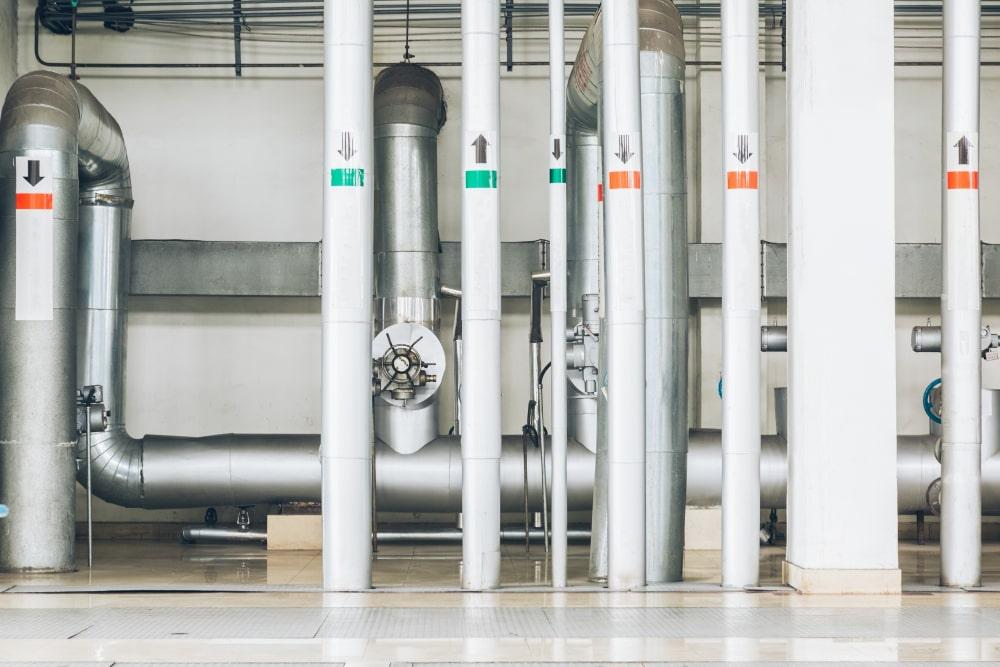
Proper Pump Installation
The lifetime of an industrial pump is influenced by its installation. A poorly installed pump can cause regular faults, lower efficiency, and even early failure. To ensure the best performance in a range of industrial uses, one must follow standards for installation. Effectiveness and a long lifespan depend on correct pump installation.
Alignment and positioning are absolutely important since improper coupling of shafts and couplings can lead to too much vibration and wear, promoting early failure. A strong, vibration-free foundation is also quite important since it lowers mechanical stress on the components of the pump and prevents operational interruptions. Moreover, correct piping design is crucial for maintaining efficiency; improper setup can lead to pressure differences that compromise performance.
Steps of Installation
Proper Pump Installation is key to guaranteeing the long-term efficiency and reliability of industrial pumps. Even a top-of-the-line pump can suffer from performance defects, breakage, or premature wear if it is not properly installed. A step-by-step installation procedure can avoid such problems and optimize the life of the pump. Below, we will walk you through the important steps in installing the different types of industrial pumps for the best performance right from the beginning.
Prepare the Foundation
The base of the pump must be solid, level, and robust to ensure smooth working. A properly prepared foundation eliminates vibrations that otherwise cause wear and tear on the pump’s elements. It provides a solid base that minimizes stress, hence allowing the pump to work flawlessly and with less risk of breakdown. An uneven or unstable foundation can disrupt services and cause premature malfunction.
Check Alignment and Positioning
Proper alignment of the coupling and pump shafts is necessary to prevent excessive vibration. Small misalignments can cause excessive wear and tear on the moving parts, leading to premature bearing, seal, and other component failures. It provides smooth operation and eliminates loss of energy, ultimately increasing the pump’s life and maximizing its efficiency. It is a crucial step to achieve maximum performance from the pump.
Install Pump Mounting and Support System
Once the base is prepared, secure the pump in place with the right hardware. The pump must be properly aligned with the base so that it operates at the correct angle. A properly aligned pump minimizes stress on components, reducing mechanical stress and allowing the system to operate at maximum efficiency. Proper support holds the pump steady when operating, eliminating further wear and tear.
Connect Piping
Join the inlet and outlet pipes to the pump, ensuring no kinks or blockages that can restrict fluid flow. Pipe alignment and sizing are crucial to provide consistent pressure and prevent fluid flow disruption. Incorrect pipe installation can lead to pressure variations, reducing the pump’s efficiency and even damaging it. Correct pipe connection and alignment are required to provide smooth fluid transport and overall pump function.
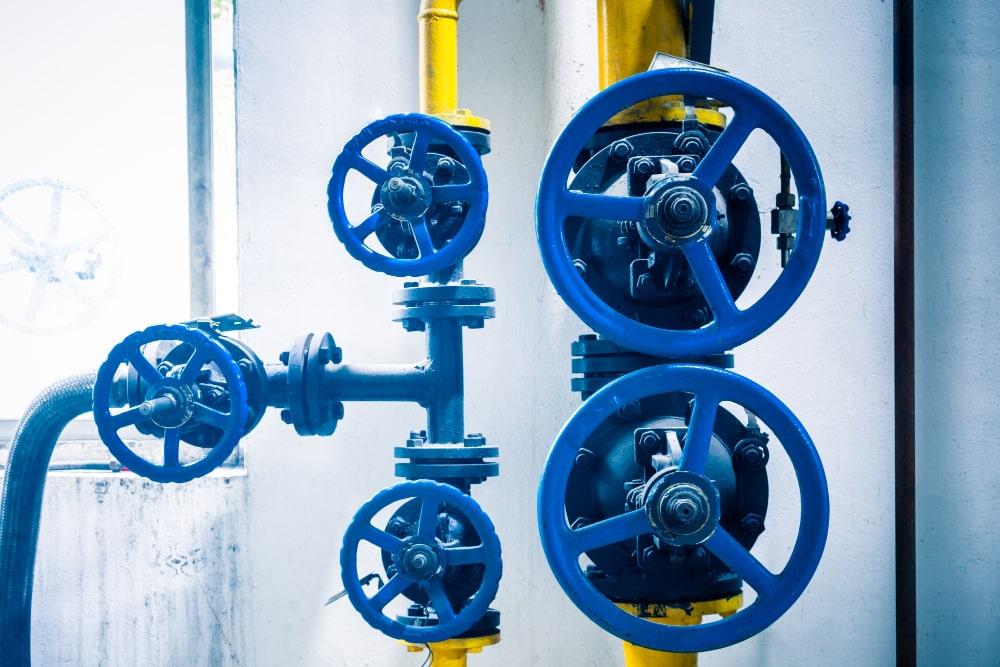
Check Electrical and Mechanical Connections
For electrical pumps, all electrical connections should be inspected to make sure they are tight and meet safety standards. For mechanical pumps, ensure that belts, couplings, and other mechanical equipment are correctly installed and tightened. Loose or ill-mounted electrical or mechanical parts may lead to pump failure, so ensure these connections are tight and working correctly before pumping.
Look for Leaks
Before operating the pump, carefully examine all fittings, seals, and connections for any indication of leaks. Secure loose connections and change worn or broken seals. The pump installation must be free from leaks to retain its efficiency because leaks can result in loss of energy, compromised performance, and even system damage. It is necessary to carry out a proper leak check to be able to have the system function perfectly from the outset.
Do a Test Run
Upon pump installation, test run the pump at low speed to confirm if there are defects. Carefully observe the system during test running for any unusual vibrations, noises, or leaks that can be indicative of defects. This is important in ascertaining and resolving any defects before the pump is utilized at full capacity. Adapting to any defects at this point prevents future failure and ensures that the pump can operate normally.
Complete Installation and Calibration
After the test run, finalize the installation by calibrating the pump’s speed, pressure, and flow rate to the application’s specific requirements. Calibration ensures the pump is operating at the level of maximum performance for the system, improving system reliability and energy efficiency. The process guarantees the output of the pump is compatible with the process requirement, ensuring maximum effectiveness and long-term functionality.
Industrial Applications of Pumps
Pumps play a key role in manufacturing processes as they support hydraulic, lubrication, and cooling systems, along with other industrial uses. They make it easier to move chemical crude and refined products in the oil and gas sector. The food and drink industry relies on sanitary pumps to handle liquid ingredients, dairy products, and thick liquids like syrups to ensure their products are safe and intact.
In the drug industry, precision pumps are vital to dose, mix, and transfer sensitive chemical materials. Picking the right industrial pump for each job helps to make sure it works well, stays reliable, and meets industry rules.
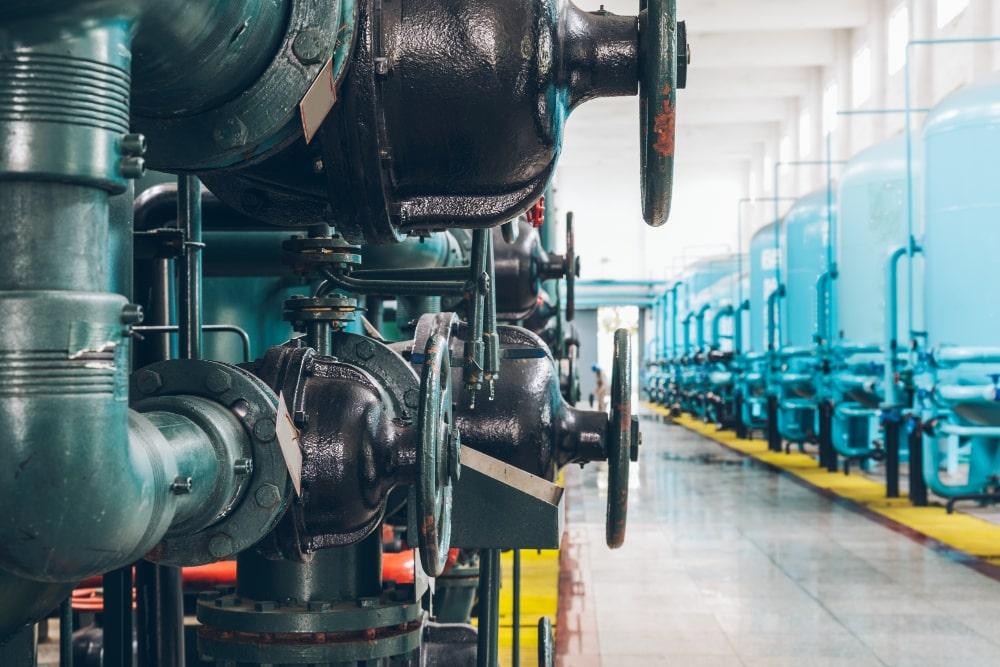
Water Pumps: A Vital Component in Many Industries
Water pumps from the leading industrial pumps manufacturer, among the most common pump types across industries, play a key part in city water systems by supplying drinking water to homes and businesses. They back farm watering setups, giving crops the water they need and animals a reliable water source. The building trade also needs water pumps to dry out work sites, creating stable and dry areas to work. If you take good care of these pumps, they can work without a hitch for years, cutting down on energy costs and time when they are not running.
Centrifugal Pumps: The Workhorse of Fluid Movement
Centrifugal pumps top the list for high-flow-rate jobs that keep going non-stop. They work great with thin liquids like chemicals and water, making them super efficient. Their simple setup and fewer moving parts mean they are cheap to fix while still doing a solid job. What is more, you will find these pumps in all sorts of places — from cleaning up sewage to fighting fires and even in HVAC systems. They are pretty flexible that way. To keep them running at their best and save energy, it is crucial to check the impellers and seals often. This also helps cut down on wear and tear over time.
Rotary Pumps: Ideal for High-Viscosity Materials
Thus, for a high-viscosity material, a rotary pump is usually the choice because such displacement pumps can convey oil, adhesive, or resin with accuracy. It gives a regular flow, making it useful for applications where output must be constant and controlled. They are self-priming, and hence, they give service to those applications where pressure conditions keep changing continuously. Its rugged construction allows for handling abrasive fluids as well as high viscosity without excessive wear and tear. Long-term reliability and efficiency of rotary pumps can be ensured only when all industries concerned focus on regular maintenance.
Routine Maintenance and Optimization for Industrial Pumps
To ensure that pumps last for as long as they possibly can in the industry, regular maintenance is imperative. Bearing and seal maintenance, along with proper lubrication, brings cooling and protection from excessive wear to ensure safety during operation. Maintenance using condition monitoring with high-tech diagnostics such as AMED (Automated Monitoring and Early Detection) systems, for example, can give an early indication of impending failures before they break down.
Routine inspections of such major components as impellers, seals, and valves will prevent minor problems from converting into costly repairs. Instead of bearing some grievous expenses later on, maintenance in pace with time and keeping abreast with newer industrial pumps technology and changing obsolete equipment with more productive ones can help organizations sustain their presence in the game.
Understanding Different Types of Industrial Pumps
In industrial applications, choosing the right pump for the job ensures longevity and efficiency. The industrial pumps market provides a wide range of options, each with a unique purpose. Because they use a rotating impeller to generate flow, centrifugal pumps work best with large volumes of low-viscosity fluids and are frequently found in cooling and irrigation systems.
For high-viscosity fluids like oils, resins, and slurries, displacement pumps — like rotary pumps — are particularly helpful because they capture a predetermined volume of fluid and force it through the system. Air-operated diaphragm pumps provide a reliable way to move abrasive and shear-sensitive fluids, making them perfect for chemical processing and wastewater treatment.
Routine Maintenance and Optimization for Industrial Pumps
Routine maintenance must be performed to guarantee the extended lifespan of industrial pumps. Well-maintained bearings and seals prevent overheating and wear, ensuring smooth running of the pump. Monitoring the performance with advanced diagnostics such as AMED (Automated Monitoring and Early Detection) systems enables companies to identify potential issues before failure.
In addition, regularly inspecting components like impellers, seals, and valves helps to identify issues before they have the opportunity to develop into real problems. For companies that want to remain competitive, staying up to date with what is happening in the industrial pumps sector and replacing older systems with higher-performance models can save a lot of money in the long term.






